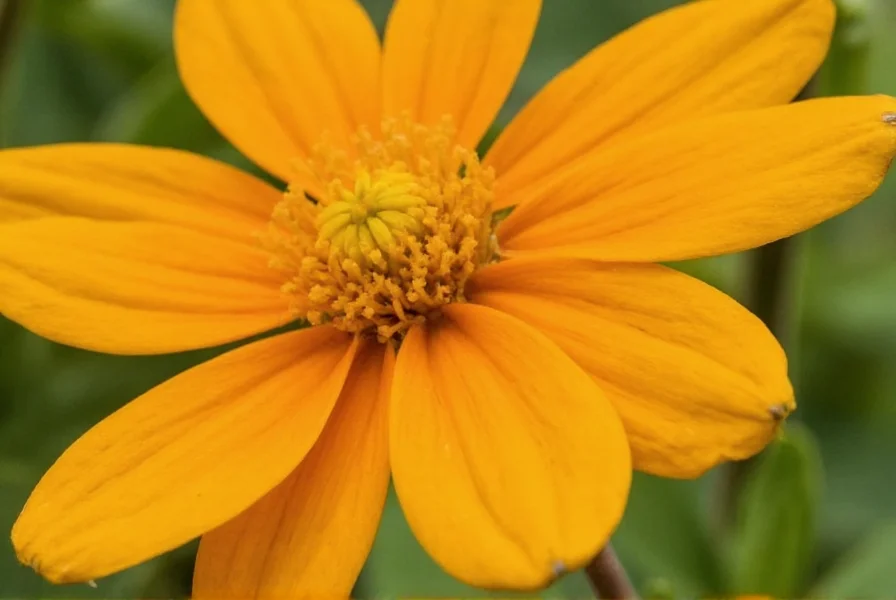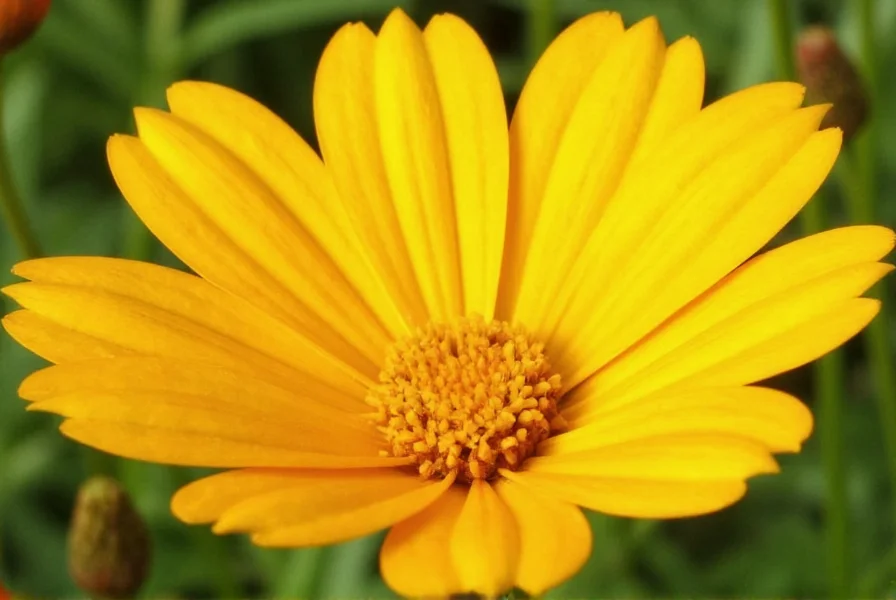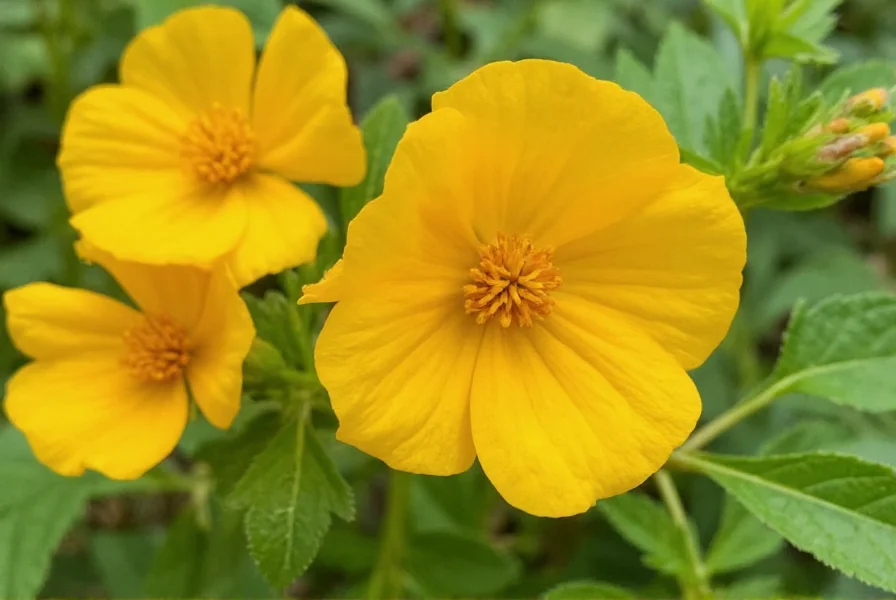Many people associate turmeric solely with its golden-yellow rhizomes used as a spice and medicinal ingredient, unaware that this tropical plant produces striking flowers. The turmeric plant, native to Southeast Asia and India, belongs to the Zingiberaceae family, which includes ginger and cardamom. Understanding the complete lifecycle of Curcuma longa reveals a beautiful flowering phase that often surprises those who only know turmeric as a kitchen staple.
Botanical Characteristics of Turmeric Flowers
Turmeric flowers grow on tall, slender spikes that can reach 12-18 inches in height. Each spike bears multiple flowers arranged in dense clusters. The blossoms themselves feature:
- A distinctive three-lobed lip (labellum) that gives them an orchid-like appearance
- Vibrant yellow to orange coloring, sometimes with pink or white accents
- A tubular structure approximately 1-2 inches long
- Subtle fragrance that attracts pollinators
Unlike many flowering plants, turmeric flowers have a remarkably short lifespan—each individual bloom typically lasts just one day. However, the plant produces new flowers sequentially over several weeks during its flowering season, creating the appearance of continuous blooming.
| Feature | Description | Significance |
|---|---|---|
| Flowering Season | Late spring to summer (varies by climate) | Indicates optimal growing conditions |
| Flower Height | 12-18 inches above soil | Helps distinguish from foliage growth |
| Lifespan per Bloom | 24 hours | Requires sequential blooming for extended display |
| Pollination | Primarily by bees and butterflies | Necessary for seed production (rarely occurs) |
The Turmeric Plant Lifecycle and Flowering
Turmeric follows a specific growth pattern that determines when flowering occurs. In its natural tropical habitat, the plant emerges from rhizomes after the first heavy rains of the season. The flowering sequence typically follows this pattern:
- Rhizome activation: Dormant rhizomes begin sprouting when soil temperatures reach 68-77°F (20-25°C)
- Flower spike emergence: Tall flowering spikes appear before any leaves develop
- Flowering phase: Blooms open sequentially over 4-6 weeks
- Foliage development: Broad, oblong leaves unfurl after flowering begins
- Rhizome maturation: Underground rhizomes develop fully after the flowering season
This sequence explains why many people never see turmeric flowers—they're often grown specifically for their rhizomes, which are harvested before the flowering season completes. Commercial turmeric production typically focuses on rhizome development rather than flowering, as the valuable curcumin compounds concentrate in the underground stems.

Cultural Significance of Turmeric Flowers
While turmeric rhizomes receive most attention for culinary and medicinal uses, the flowers hold cultural importance in traditional practices across South and Southeast Asia. In India, turmeric flowers feature in religious ceremonies and traditional medicine systems:
- In Ayurvedic practice, the flowers occasionally appear in formulations for respiratory conditions
- Traditional Thai medicine uses the flowers in preparations for skin conditions
- In some regions, the flowers symbolize prosperity and are included in wedding ceremonies
- The vibrant color makes them popular in natural dye production for textiles
Despite these traditional uses, scientific research on turmeric flowers remains limited compared to studies on the rhizomes. Most curcumin research focuses on the underground parts of the plant, where concentrations of this beneficial compound are highest.
Growing Turmeric for Ornamental Flowers
Gardeners interested in观赏 turmeric flowers should understand the specific conditions required for successful blooming. Unlike rhizome production, which can occur in various climates with proper care, flowering requires more precise environmental conditions:
- Climate: Turmeric flowers best in tropical or subtropical climates (USDA zones 8-11), though container growing allows flowering in cooler regions
- Light: Prefers partial shade—direct afternoon sun can damage delicate blooms
- Soil: Requires rich, well-draining soil with high organic matter content
- Water: Consistent moisture is crucial, but standing water causes rhizome rot
- Fertilizer: Balanced organic fertilizer supports both flowering and rhizome development
For gardeners in temperate climates, growing turmeric in containers allows moving plants indoors during colder months. Start rhizomes indoors 6-8 weeks before the last frost, then transplant outdoors when soil temperatures consistently exceed 65°F (18°C). Remember that turmeric requires 7-10 months of warm weather to complete its growth cycle and produce flowers.

Common Misconceptions About Turmeric Flowers
Several misconceptions surround turmeric flowers that deserve clarification:
- Misconception: Turmeric doesn't flower because we only see the rhizomes
Reality: The plant does flower, but commercial production often harvests rhizomes before flowering completes - Misconception: Turmeric flowers contain high curcumin levels
Reality: Curcumin concentration is highest in rhizomes, with minimal amounts in flowers - Misconception: All yellow flowering plants in the ginger family are turmeric
Reality: Several related species like Curcuma alismatifolia (Siam tulip) have similar flowers but aren't true turmeric
Understanding these distinctions helps gardeners and enthusiasts properly identify true turmeric plants. The most reliable identification method combines flower characteristics with the distinctive aroma of crushed rhizomes—a warm, earthy scent with citrus notes that distinguishes Curcuma longa from similar species.
Conclusion
Turmeric's beautiful but ephemeral flowers reveal the plant's complete botanical story beyond its famous golden rhizomes. While the spice-producing underground stems rightfully receive attention for their health benefits, appreciating the entire plant—including its striking seasonal blooms—enhances our understanding of this remarkable botanical specimen. Whether grown for ornamental purposes or simply to witness the complete lifecycle of a plant we use daily, turmeric flowers offer a delightful surprise for those who take time to observe nature's full expression.
Frequently Asked Questions
Do turmeric plants flower every year?
Yes, mature turmeric plants typically flower annually during their growing season, usually from late spring through summer. In tropical climates where turmeric grows as a perennial, established plants will flower each year. In temperate regions, container-grown plants may flower if given sufficient warm growing months (7-10 months) and proper care.
Can you eat turmeric flowers?
While turmeric flowers aren't toxic, they're not commonly consumed like the rhizomes. Some traditional cuisines use the flowers sparingly as edible decorations, but they lack the distinctive flavor and curcumin content of the rhizomes. The flowers have a mild, slightly bitter taste and are primarily valued for their visual appeal rather than culinary properties.
Why don't I see turmeric flowers in stores?
Commercial turmeric production focuses on rhizome harvest rather than flowering. Farmers typically harvest plants before the flowering stage to maximize rhizome size and curcumin content. Additionally, the flowers are extremely delicate and short-lived (just 24 hours per bloom), making them impractical for commercial sale. Turmeric is primarily cultivated as a spice crop, not as a cut flower.
How do turmeric flowers differ from ginger flowers?
While both belong to the Zingiberaceae family, turmeric and ginger flowers have distinct differences. Turmeric flowers feature a prominent three-lobed yellow to orange lip with a tubular structure, while ginger flowers (from Zingiber officinale) typically have more showy, cone-shaped inflorescences with red or pink bracts. Turmeric flowers grow on taller, more slender spikes that emerge before the leaves, whereas ginger flowers often appear among the foliage.
Does flowering affect turmeric rhizome quality?
Yes, flowering can impact rhizome development. When turmeric plants flower, they divert energy toward reproduction rather than rhizome growth. For maximum rhizome size and curcumin concentration, many growers remove flowering spikes early in the season. However, allowing some flowering doesn't significantly reduce rhizome quality and provides valuable insight into the plant's complete lifecycle for gardeners.











 浙公网安备
33010002000092号
浙公网安备
33010002000092号 浙B2-20120091-4
浙B2-20120091-4